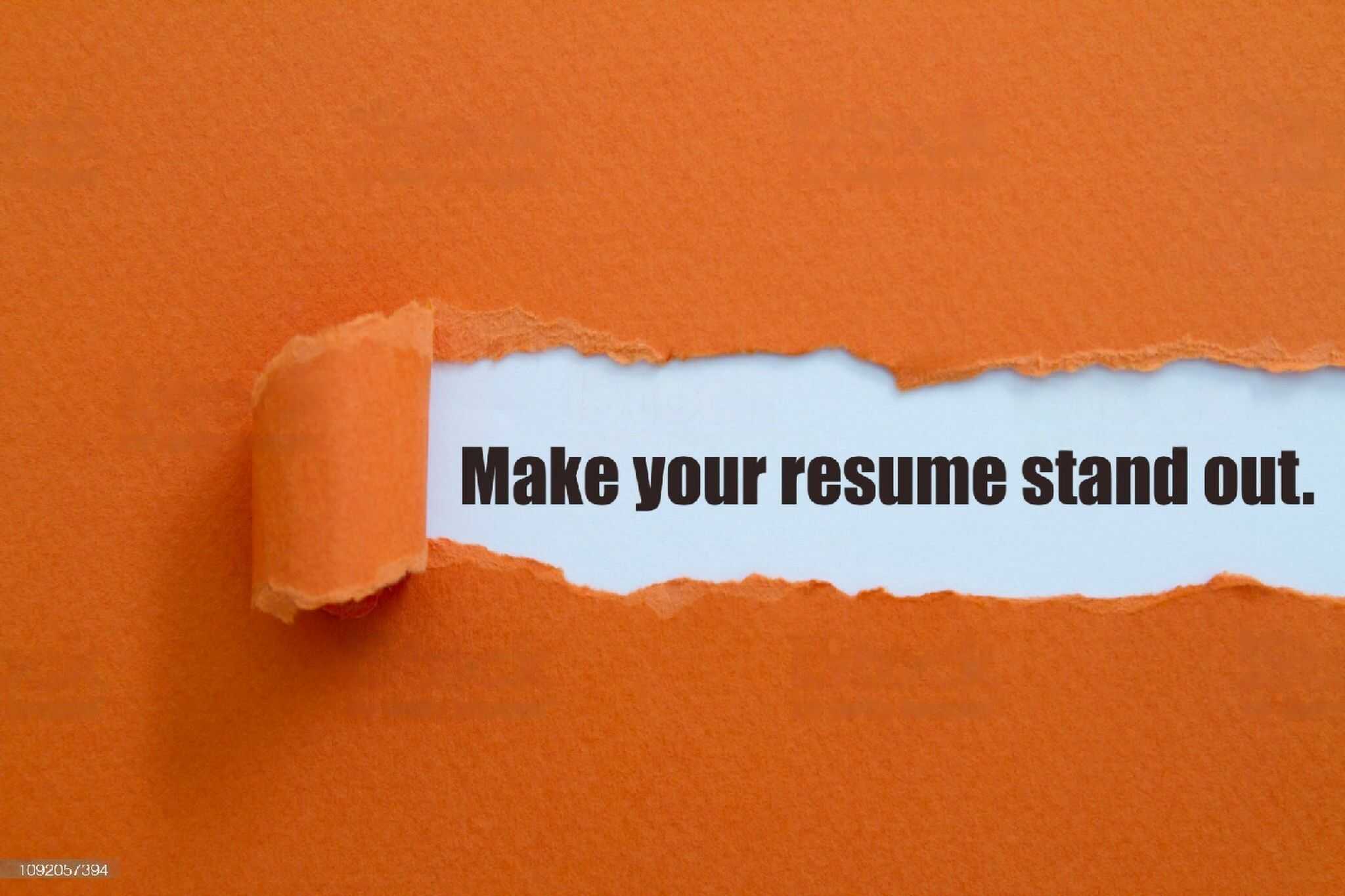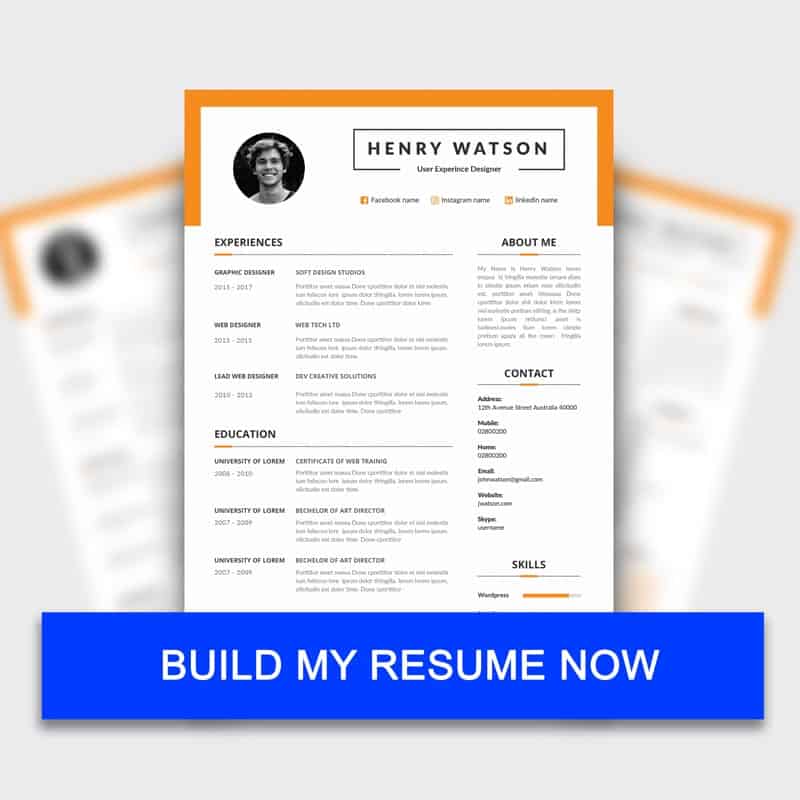Do you want to know how to write resume with work experience that lands you more interviews? You are in the right place, then.
We will guide you in your journey to create the perfect professional resume you need to get the job you want.
Tips For Writing Resume With Work Experience
Tip Number 1 – Choose the correct format for your resume
The first and the most significant step is to select the correct format for your resume. You can’t just write your qualifications and experiences in any way you want. You must select one of the standard formats to create a professional resume. Here are some of the popular formats which are used for creating a professional resume –
- Reverse-chronological format – It is the conventional resume format preferred by most applicants and recruiters. However, if you are applying for a job that requires you to go out of the box, it is better to choose a different and suitable format.
- Functional format – This format mainly focuses on your skills. An entry-level candidate or applicant with a career gap can use this format to shift the focus from the Work Experience to their relevant skills and qualities.
- Combination format – It is a mix of the positive attributes of the above two. If you are an experienced professional, you can use this format to highlight your transferable skills for a career change.
Tip Number 2 – Include your contact details in the header section
Your resume header should include your contact details. For a professional resume, you should include your :
- Full Name – Include your first name, last name, and middle name (optional).
- Phone Number – Put your mobile number instead of your home telephone number.
- Email Address – Use a professional email address that uses your name.
- LinkedIn Profile – Add a link to your LinkedIn profile.
Tip Number 3 – Start with an engaging resume summary or resume objective
We all read the preface of the book before actually buying it. Like that, recruiters would prefer a short introduction to your professional career before diving into the details of your experiences.
Make your professional introduction engaging and relevant to the position you are applying for to catch the attention of your hiring managers.
- Resume Summary – If you have plenty of professional work experience, then go for a resume summary. Summarize what you have done till now and how that makes you an ideal fit for the job.
- Resume Objective – If you have just started your professional career or have zero relevant experience, use a resume objective. Discuss your skills along with your goals and how they will help you add value to their company.
Tip Number 4 – List your relevant achievements in your work history
For listing your work history, start with your most recent experience at the top and then move backward in a chronological manner. Mention the title of the job you had, the name of the organization where you were employed, and the dates of your employment.
Now, list your key responsibilities and accomplishments that are relevant to the position you are applying for. Use 3-6 bullets to list only the most important ones and use numbers whenever possible to quantify them. Identify the keywords and include them throughout the section.
Tip Number 5 – Add your Academic Details Accurately
If you are a seasoned professional, simply mention your highest degree, your university, and the dates of your academic curriculum.
In case you have little or zero relevant experience, include your education section before your work experience section.
You can mention both your graduate and postgraduate details if they are relevant to the domain you want to work in. Use bullets to discuss your course curriculum, your academic achievements, any honors or awards received, your GPA (if high enough), etc.
Tip Number 6 – Include all your Relevant Skills
Go through the job description and try to identify the keywords from it. Put these skills and qualities throughout your resume. Create a separate section to list your top ten skills that are relevant to the work you will be doing. Make sure your skill-set is a combination of hard skills (specific abilities like Microsoft Office) and soft skills (personal attributes like leadership traits).
Tip Number 7 – Proofread and double-check your resume before sending
Your resume is complete now. But you don’t want to make some unprofessional mistakes like errors in spelling, using the wrong job title, or putting in an incorrect phone number.
So, double-check everything in your resume and proofread it using some grammar tool to make sure your resume is ready to be sent.
also read: How to Write an Effective Resume Job Description + Examples
Next time, whenever anyone asks you how to write resume with work experience, tell them these tips to create a perfect professional resume.
Related Articles you might like
- CV vs Resume|How to Write a Great Academic CV (With Examples)
- Best Email Subject Sample for sending CV or Resume to HR
- Best Career Objective for Teacher Resume
People also search for:
format of resume for job, professional resume format, what is resume for job, resume skills example, how to write a resume with no work experience, how to write resume with little work experience, sample of resume for job, example of resume for job

